Remembrance Day: Animals who served alongside Australian soldiers in wartime
On Remembrance Day we honour the people who served by wearing a red poppy, but many also commemorate the animals who were wounded or died in action by wearing a purple poppy.
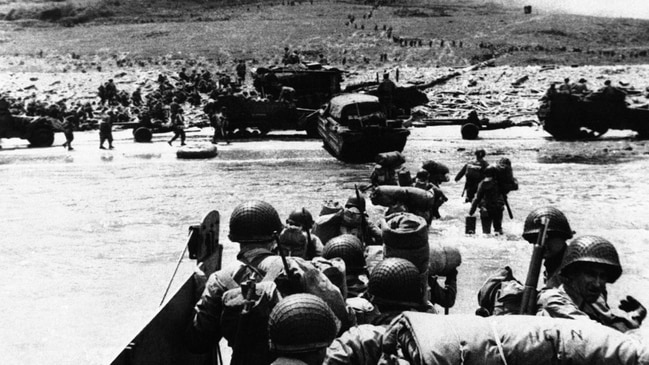
On Remembrance Day every year we honour the people who died in the service of their country while at war. On many occasions when people went to war they were accompanied by animals, many of which also lost their lives in service to their country.
In 2013 the Australian War Animal Memorial Organisation introduced the purple poppy (purplepoppies.com.au), worn as a way of remembering the animals that served and died in conflict. In 2019, February 24 was named as the official Animal Remembrance Day, but on November 11 many people still honour those thousands of creatures who were wounded or killed in action.
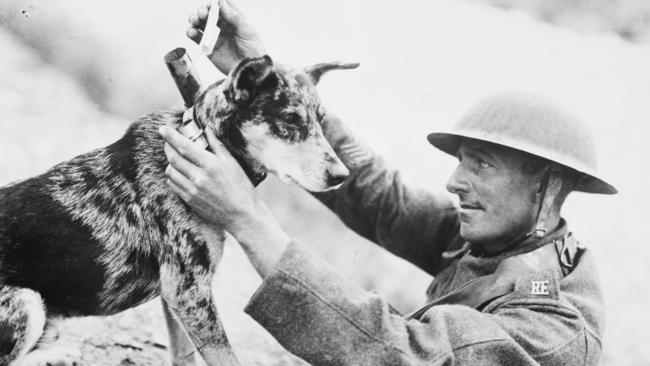

Horses figured very high on the fatality list in some of the earliest wars. During the Second Anglo-Boer War, the first war in which Australians came together as a national force rather than separate colonies, the army ran on horses. Australia took 16,314 to South Africa over the course of the war, using them primarily for mobility, rather than cavalry charges against enemy troops. About 60 per cent of the horses used by Australian troops died during the conflict, as a result of either being shot or injured during fighting, from exhaustion from being overloaded, overworked or underfed, some died of disease, a smaller number were killed and eaten during long sieges. Although we know few of the names of horses from this conflict they are honoured in a moving memorial to Boer War horses in Port Elizabeth. It is one of the earliest memorials to animals in war.
By World War I, cars and trucks had mostly taken the place of horses, but they still played a vital role, primarily pulling guns or munitions in carts across terrain unsuited to cars. In the Middle East they were used for cavalry charges across stretches of land without roads and inaccessible to mechanical vehicles.
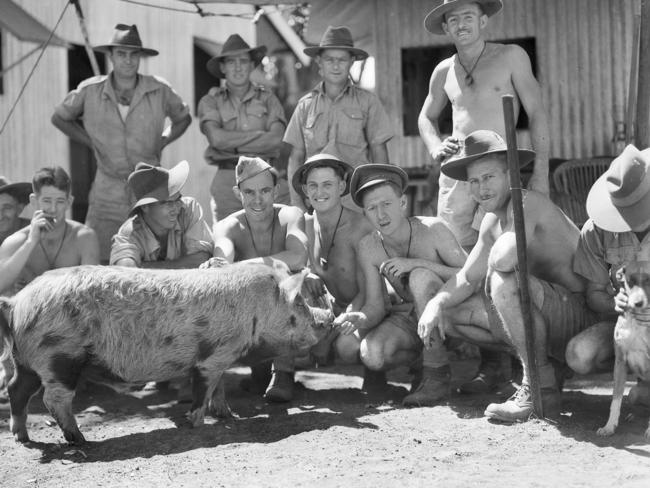
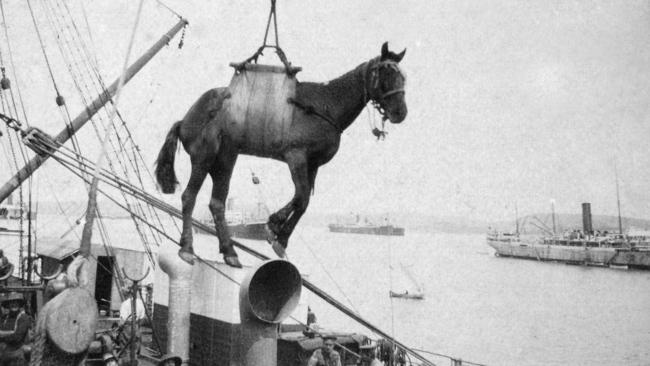
The war made famous horses such as Bill the Bastard, who earnt his name because he bucked most men off. Used as a pack horse at Gallipoli until he was wounded, during his recovery he bonded with Queensland officer, Major Michael Shanahan, who was then able to ride him. At the Battle of Romani Shanahan and Bill saved four wounded men. Bill also saved Shanahan’s life, carrying him to safety after he was badly wounded in the leg (which had to be amputated). Bill survived the war but according to quarantine laws he couldn’t return to Australia with Shanahan and had to be left behind. He is thought to have been sold to a Turkish family. Bill died in 1924 and was buried at Walker’s Ridge in Gallipoli.
Accomplished polo player Lieutenant Guy Haydon took his own horse, Midnight, to war when he signed up in 1915. Midnight was killed by a Turkish bullet that went through her belly as she leapt a trench at Beersheba. The bullet went through her saddle and lodged near Haydon’s spine, but was later successfully removed.
Many military units have also been accompanied by dogs. In some cases the dogs perform vital duties such as running messages, sniffing for landmines, or even as guard dogs, but often they are simply mascots who help raise the morale of the troops.
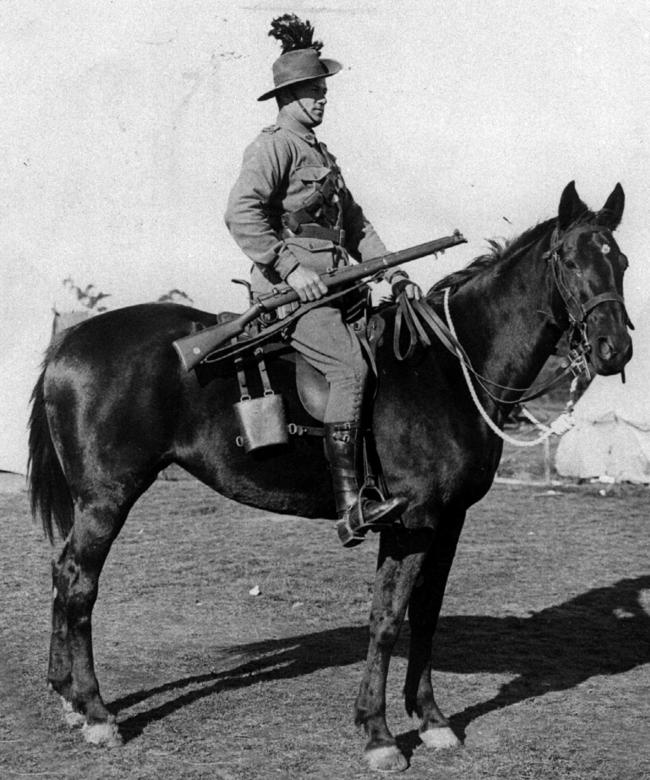
In World War I Australian troops befriended a German wolfhound they named Roff (but who was called Digger by the men), who was carrying a message in a container around his neck when he sniffed a tin of bully beef they had just opened. He was adopted by the men who put him to work pulling a small cart in which he carried war souvenirs. But he began to become unpredictable and rather than shoot him, it was planned to send him back to Australia. But he languished in quarantine and died in 1919.
In World War II Private Jim Moody befriended a stray Egyptian terrier at Alexandria. He accompanied Moody’s unit on parade and was even given the honorary rank of corporal. When Moody was sent to Greece, Horrie would hear air raids coming long before they were detected by human ears and warn Moody and on Crete he acted as a messenger dog. When Horrie was wounded Moody’s battalion all waited on news of his condition. When Moody was returning to Australia he took the dog to a vet in Palestine to make sure he was free of rabies, so that he could take Horrie back with him.
In defiance of army rules Moody smuggled the dog back to Australia. Author Ion Idriess wrote a popular book about Horrie, to raise money for Red Cross. But the dog was discovered, seized by officials and, despite a public campaign to save his life, was reportedly destroyed in 1945.
But in 2017, author Anthony Hill wrote about Horrie in the second edition of his book Animal Heroes, saying evidence suggested Moody had substituted a lookalike dog and Horrie went to live on a farm in Corryong, Victoria.
MORE NEWS

